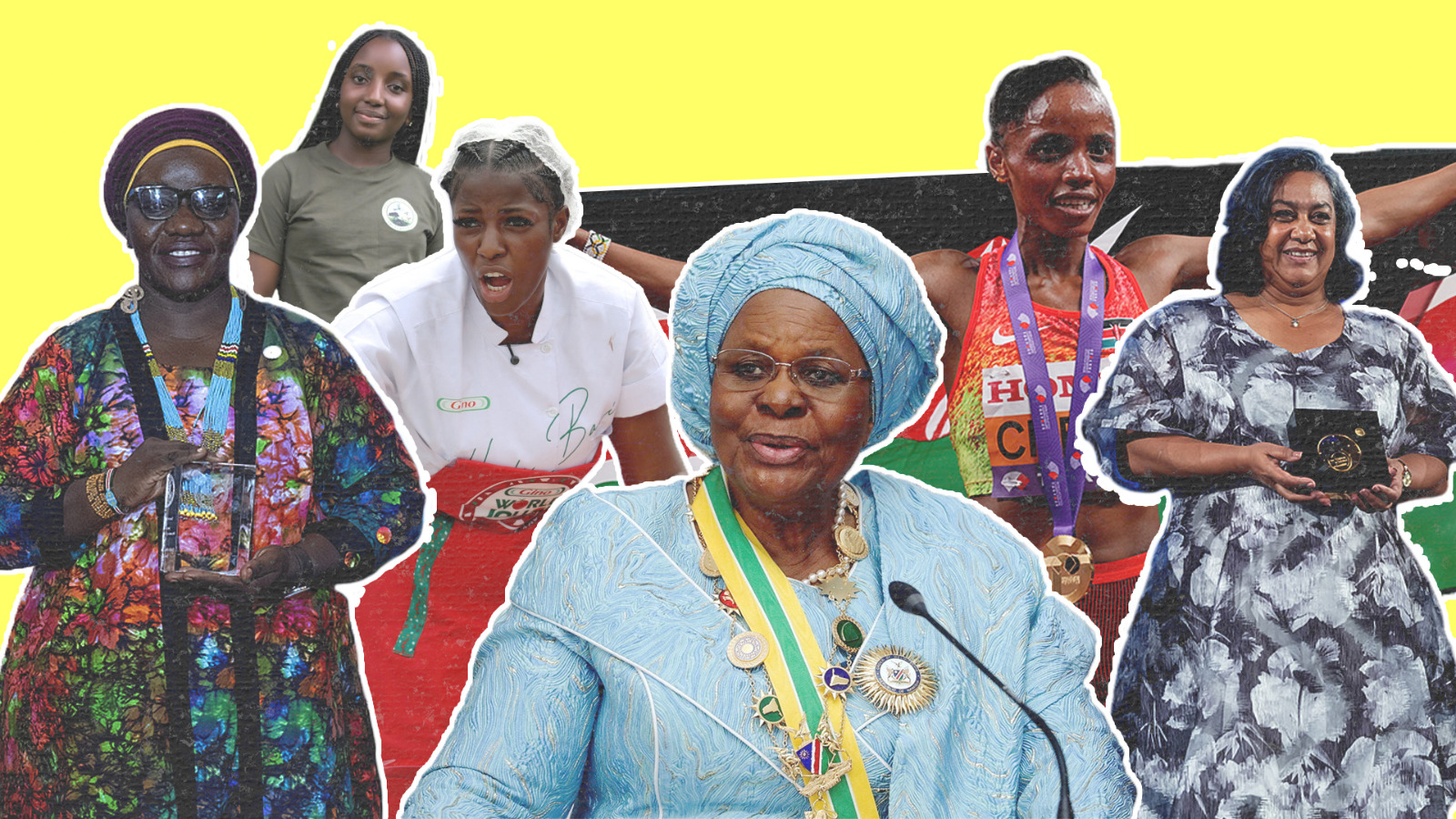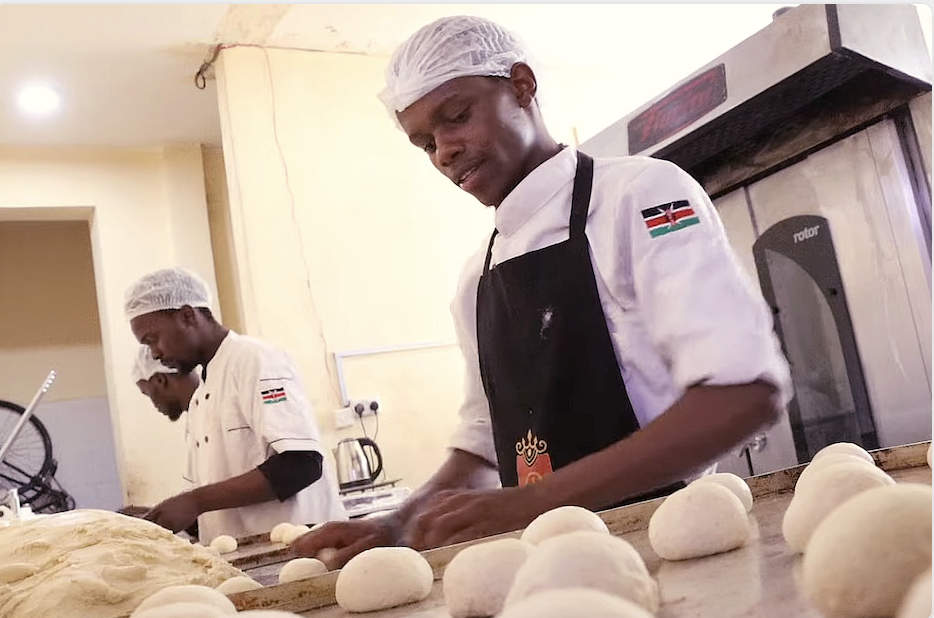
Suicide rates on the rise as world marks #suicide prevention day

World Suicide Prevention Day is marked on every 10th September a day meant to create awareness on suicide as well as draw attention to the large and avertable burden of self-harm and suicide. Based on WHO’s newly released Global Health Estimates for 2016, close to 800,000 people died by suicide in 2016, equivalent to 10.8 suicides per 100 000 population.
The rate of suicide in the WHO European Region is even higher, reaching 13 per 100 000 for both sexes combined, and in excess of 20 suicides among males. In the most affected countries of the Region (e.g. Kazakhstan, Lithuania and the Russian Federation), the rate among males exceeds 40 per 100 000.
Notably, suicide is the second leading cause of death in 15-29 year-olds globally

Suicide is one of the issues that people will opt to whisper about and try to cover up when it happens to someone around them being that the stigma of people who have attempted suicide is very high and families who have lost someone through suicide tends to be alienated by members of the society..
It should be noted that suicide is the visible end product of struggle, stress, mental illnesses or disorders.
In Kenya for example, Suicide cases have been rising by 58% since 2007. Last year’s report indicate that there were 421 people committing suicide in 2017 majority being men at 330.
Most suicide cases have been said to occur in low and middle-income countries with poor health systems and lack of early signs identification.
Notably, suicide is the second leading cause of death in 15-29 year-olds globally
WHO is working with Member States and other partners to better respond to this public health challenge by supporting the development and implementation of suicide prevention strategic plans.
To further assist local implementation efforts, WHO has published a community engagement toolkit for suicide prevention, which provides a step-by-step guide for communities to engage in suicide prevention activities.
Communities are key to an appropriate collective response to the challenges and consequences of deliberate self-harm, due to the many social determinants of such behaviours. There is a need to bring together actors throughout communities, including those from civil society and from multiple government sectors, such as health care, social services, employment and education.






